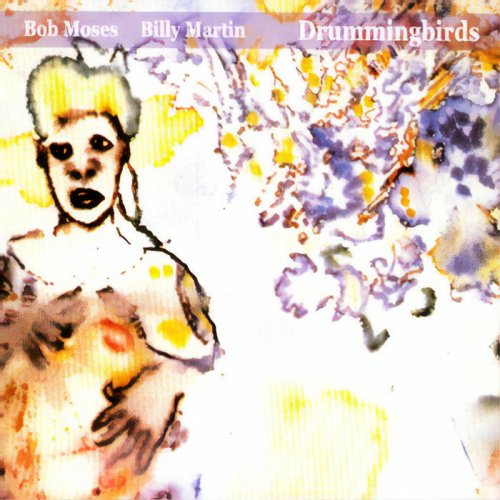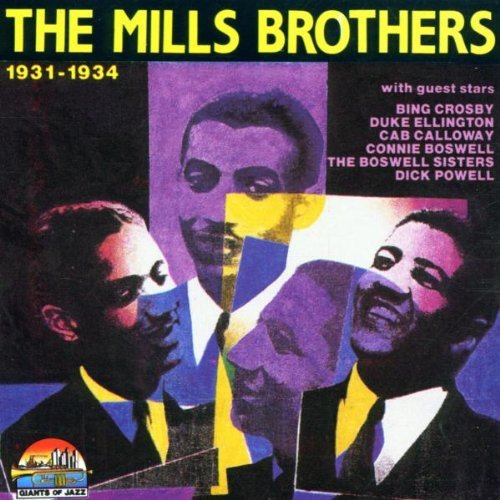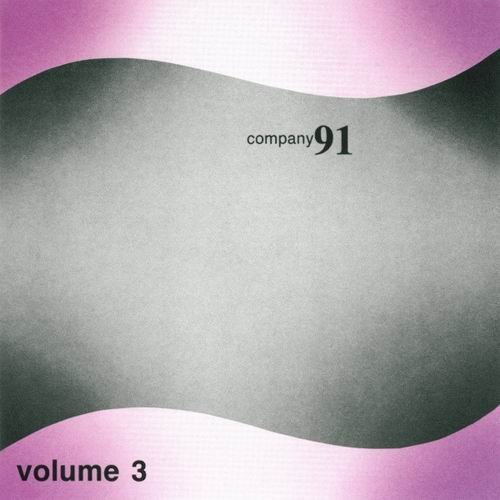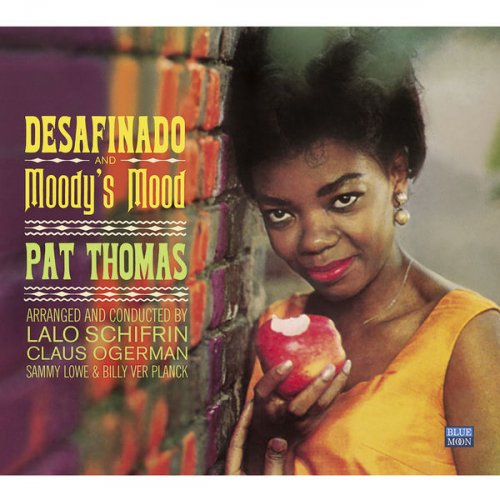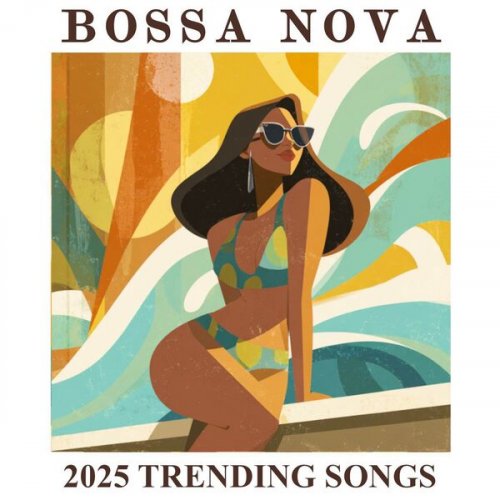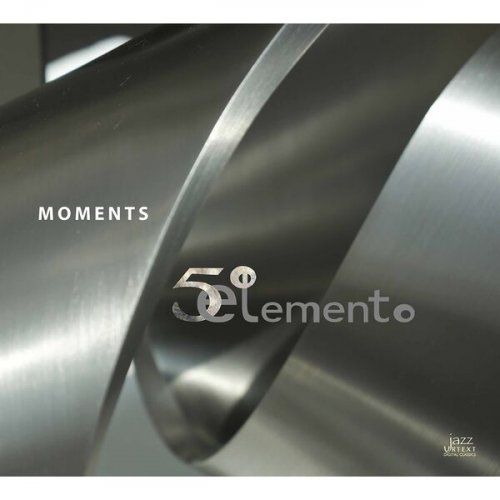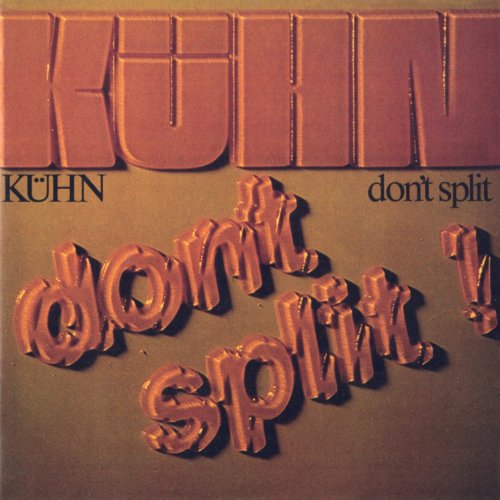Yevgeny Sudbin - Haydn: Keyboard Sonatas Nos. 47, 53 & 60 (2010) [Hi-Res]
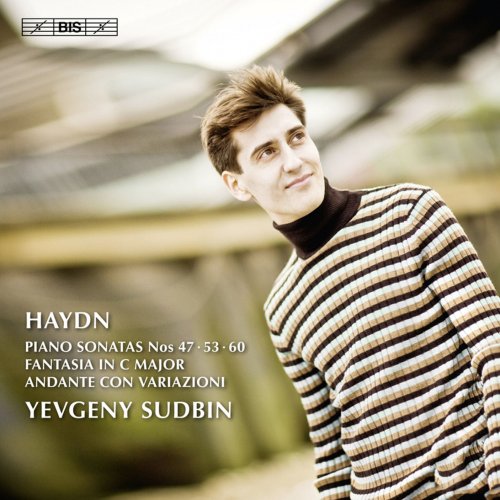
Artist: Yevgeny Sudbin
Title: Haydn: Keyboard Sonatas Nos. 47, 53 & 60
Year Of Release: 2010
Label: BIS
Genre: Classical Piano
Quality: flac lossless (tracks) / flac 24bits - 44.1kHz +Booklet
Total Time: 01:15:09
Total Size: 284 / 610 mb
WebSite: Album Preview
TracklistTitle: Haydn: Keyboard Sonatas Nos. 47, 53 & 60
Year Of Release: 2010
Label: BIS
Genre: Classical Piano
Quality: flac lossless (tracks) / flac 24bits - 44.1kHz +Booklet
Total Time: 01:15:09
Total Size: 284 / 610 mb
WebSite: Album Preview
01. Keyboard Sonata No. 47 in B minor, Hob.XVI:32: I. Allegro moderato
02. Keyboard Sonata No. 47 in B minor, Hob.XVI:32: II. Menuet
03. Keyboard Sonata No. 47 in B minor, Hob.XVI:32: III. Finale: Presto
04. Keyboard Sonata No. 60 in C major, Hob.XVI:50: I. Allegro
05. Keyboard Sonata No. 60 in C major, Hob.XVI:50: II. Adagio
06. Keyboard Sonata No. 60 in C major, Hob.XVI:50: III. Allegro molto
07. Keyboard Sonata No. 53 in E minor, Hob.XVI:34: I. Presto
08. Keyboard Sonata No. 53 in E minor, Hob.XVI:34: II. Adagio
09. Keyboard Sonata No. 53 in E minor, Hob.XVI:34: III. Vivace molto
10. Fantasia (Capriccio) in C major, Hob XVII:4
11. Keyboard Sonata in F minor, Hob. XVII:6, "Un piccolo divertimento: Variations"
12. String Quartet No. 53 in D major, Op. 64, No. 5, Hob.III:63, "The Lark": IV. Finale: Vivace (arr. for piano)
The young Russo-British pianist Yevgeny Sudbin has inspired wildly varying reactions from critics and listeners, and he may be one of those artists whom you simply like or not. His technical skills are unquestioned, and he gets your attention with unusual gestures early on and coherently follows through on them. This collection of Haydn sonatas and other keyboard works, all pretty often played except for the Fantasia in C major, Hob. 17/4, certainly stands out from the crowd. Playing a modern piano, Sudbin forges a distinctive sound that looks forward in time to the Romantics without losing the Classical-era dimensions. Sudbin's readings are free, intimate, and often humorous, an aspect of Haydn's music on which he lays great stress in his own booklet notes (given in English, French, and German). They're also quirky in the extreme. The most obvious manifestation of this is the heavy but irregularly applied use of added ornamentation, based not on any historical considerations but on whether the artist "feels" it seems to be called for. Other odd moves include generally free tempos, the mixture of two versions of the middle movement of the Piano Sonata in C major, Hob. 16/50, and the use of two pedals at the same time in the opening movement of that work, producing, in Sudbin's words, an "almost Scriabin-esque sound" (nicely captured by BIS' engineers, to be sure). To top it all off, there's a sort of lightly improvised piano rendition of the finale of the String Quartet in D major, Op. 64/5, "The Lark," given the not graceful title "Larking with Haydn." Does it all hold together? Maybe, but it's unlikely to make a good place to start with Haydn's keyboard music.
